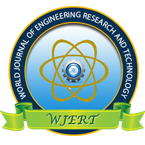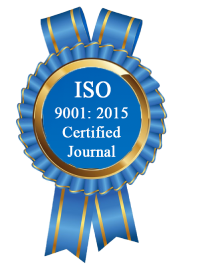| All | Since 2020 | |
| Citation | 172 | 110 |
| h-index | 7 | 5 |
| i10-index | 1 | 0 |
WJERT Citation 
Login
News & Updation
Abstract
ANALYSING AND MODELLING TERRAIN SURFACE CHANGES USING AIRBORNE LASER SCANNING DATA
Ana-Maria Loghin*, Valeria Ersilia Oniga and Martin Wieser
ABSTRACT
In recent years, Light Detection and Ranging (LiDAR) technology has known an important evolution, being widely used for rapid and inexpensive topography measurements over large and complex areas. This article presents the potential of multi-temporal Airborne Laser Scanning (ALS) data sets in providing different and reliable digital elevation models of differences, used in detecting terrain surface changes. In order to obtain the results, two different ALS data sets from May 2013 and February 2015 were used. The necessary processing steps start from an automatic classification of the acquired point clouds into terrain and off-terrain points, used for the Digital Terrain Model derivation. Therefore, for each of these two data sets, there was created a Digital Terrain Model, containing only the ground points. Finally, based on these two derived terrain models, the Digital Elevation Model of Differences (DoD), that reveals topographic relevant changes is obtained.
[Full Text Article] [Download Certificate]
